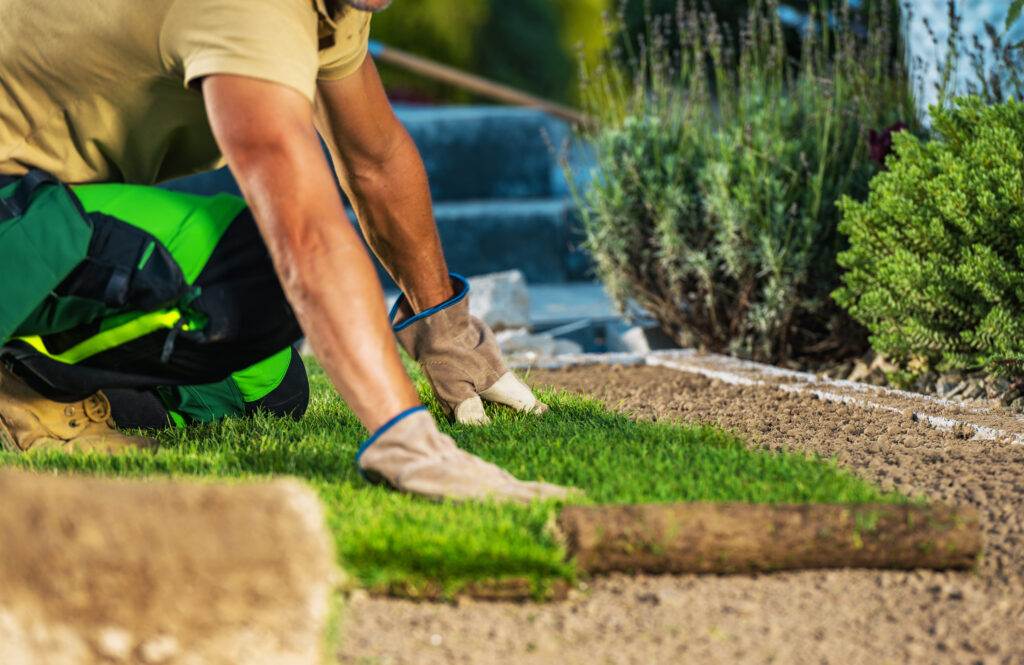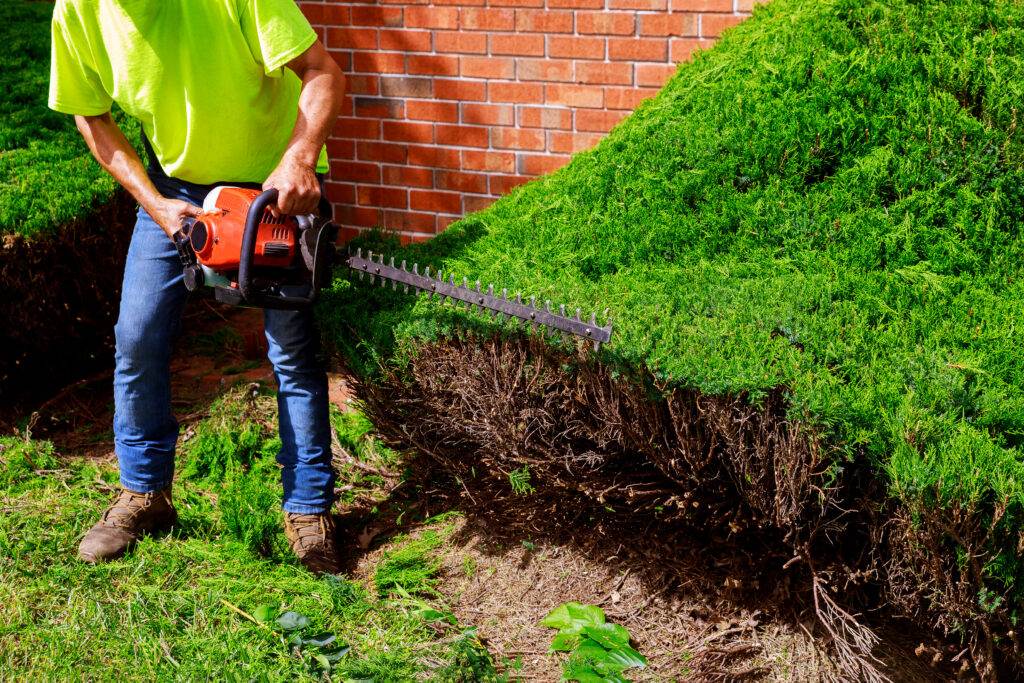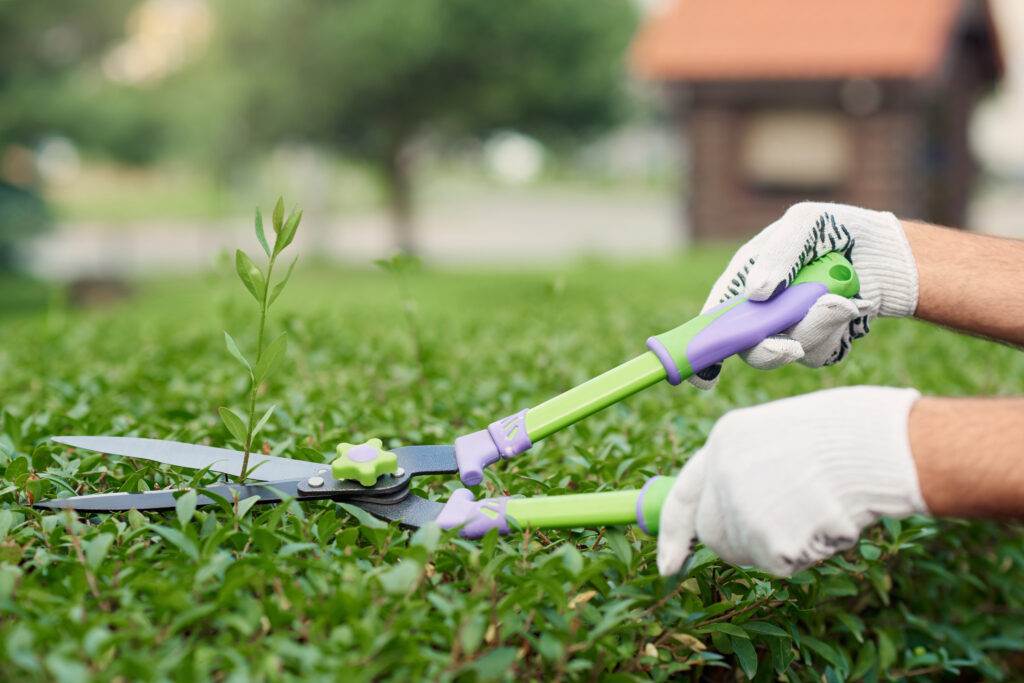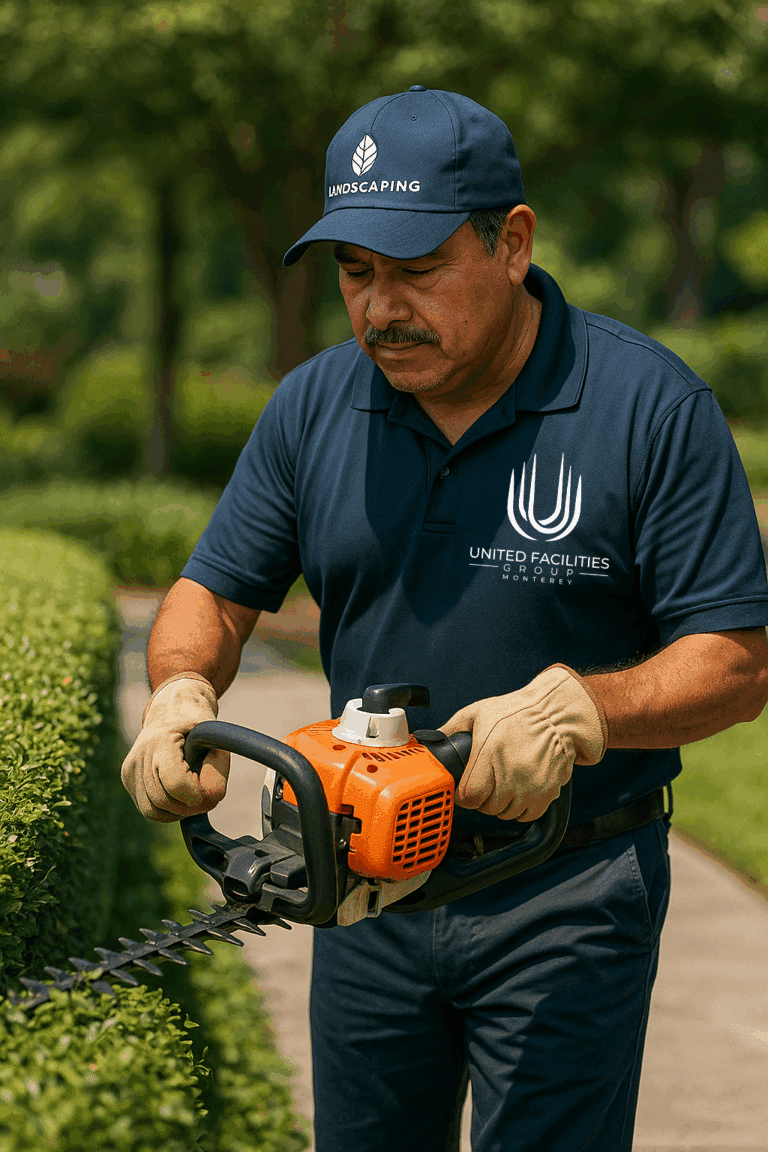Understanding High-Traffic Facilities Maintenance
Definition of High-Traffic Facilities
High-traffic facilities are those locations that experience frequent use by large numbers of individuals, including but not limited to commercial buildings, schools, shopping centers, and public parks. These environments demand special attention when it comes to maintenance, as the constant influx of people can lead to accelerated wear and tear. Examples of high-traffic facilities include:
- Shopping Malls: Attracting consumers daily, they endure heavy foot traffic that can result in dirt accumulation and damaged surfaces.
- Public Transit Stations: These facilities require robust maintenance strategies to ensure functionality and safety for commuters.
- Educational Institutions: Schools host hundreds of students and staff, highlighting the need for regular maintenance to promote a clean and safe learning environment.
Importance of Outdoor Maintenance in Fresno
In Fresno, the significance of outdoor maintenance in high-traffic facilities cannot be overstated. Given the unique climate and environment, effective maintenance practices become vital in ensuring safety, aesthetics, and longevity. Proper outdoor maintenance can:
- Enhance curb appeal: A well-kept exterior attracts visitors and communicates professionalism.
- Prevent safety hazards: Regular upkeep mitigates risks associated with debris, slippery surfaces, and potential obstructions.
- Improve sustainability: An organized outdoor space contributes to environmental conservation efforts, especially in a diverse climate like Fresno’s.
By prioritizing outdoor maintenance, high-traffic facilities in Fresno can create welcoming environments for their patrons while safeguarding their infrastructure.
Assessing Maintenance Needs in Fresno

Climate Considerations
When assessing maintenance needs for high-traffic facilities in Fresno, understanding the climate is essential. Fresno’s Mediterranean climate brings hot, dry summers and mild, wet winters, which can impact outdoor facilities. Key climate factors to consider include:
- Temperature Extremes: In the summer, temperatures can soar above 100°F, leading to material degradation and increased dust accumulation. Regular cleaning and protective coatings for surfaces are crucial.
- Rainfall Patterns: Winters, though mild, do bring rainfall. Facilities must keep drainage systems clear to prevent flooding and minimize slip hazards during rainy periods.
- Sun Exposure: The intense sun can cause fading and wear on outdoor materials and furnishings. So, using UV-resistant products can help extend their life.
Identifying High-Traffic Areas
Identifying high-traffic areas within these facilities is equally critical to effective maintenance. Observing patterns of use can lead to better resource allocation. Consider focusing on:
- Entry and Exit Points: These areas experience the most foot traffic and may need more frequent cleaning.
- Pathways and Walkways: High usage can lead to debris accumulation and surface wear.
- Common Spaces: Parks, benches, and waiting areas should receive regular upkeep to maintain their appeal and functionality.
By paying close attention to the climate and high-traffic zones, facility managers can tailor their maintenance strategies for optimal effectiveness.
Essential Maintenance Tasks for High-Traffic Facilities



Regular Cleaning and Debris Removal
To maintain a welcoming environment in high-traffic facilities, regular cleaning and debris removal are non-negotiable. Accumulated dirt, litter, and organic debris can detract from the facility’s overall aesthetic and create safety hazards. Consider implementing these practices:
- Daily Sweeping and Mopping: In entryways and common areas, this prevents the buildup of dirt and grime.
- Scheduled Deep Cleaning: Monthly or quarterly, conduct thorough cleaning to address hard-to-reach areas and ensure all surfaces remain hygienic.
- Immediate Debris Removal: Promptly clear litter and organic debris to maintain a tidy appearance and minimize slip risks.
Landscaping and Greenery Maintenance
Landscaping plays a critical role in the overall impression of a facility. A well-maintained landscape not only enhances the aesthetic appeal but also contributes to visitor comfort. Consider these key tasks:
- Regular Lawn Care: Mowing, edging, and watering should be part of the routine, especially in Fresno’s climate.
- Pruning and Trimming: Regularly maintaining shrubs and trees to prevent overgrowth keeps outdoor spaces inviting and safe.
- Adding Seasonal Plants: Integrating seasonal flowers can brighten up the space and attract visitors.
Repairing and Resurfacing Surfaces
Lastly, ensuring the integrity of various surfaces is essential for safety and functionality. Regular inspection can help identify wear and potential hazards. Important tasks include:
- Crack Sealing: Fill any cracks in walkways or parking lots to prevent water infiltration and further damage.
- Resurfacing High-Traffic Areas: Asphalt and concrete pavements may require resurfacing every few years, depending on usage.
- Maintaining Outdoor Furniture: Regular checks on benches and tables help ensure they remain safe and appealing for visitors.
By implementing these essential maintenance tasks, high-traffic facilities can offer a clean, safe, and inviting experience for everyone.
Seasonal Maintenance Tips for Fresno’s Climate

Summer Maintenance Recommendations
As summer rolls into Fresno, facility managers must be proactive in addressing the specific maintenance needs of warmer temperatures. With scorching days on the horizon, implementing a solid maintenance plan is crucial. Here are some effective summer tips:
- Irrigation Systems: Ensure that irrigation systems are functioning properly to keep lawns and gardens hydrated. A well-watered landscape not only looks appealing but also helps combat dust during dry spells.
- Surface Inspections: Conduct thorough checks of pavements and walkways for cracks or damage, as these can worsen under intense heat and foot traffic.
- Shade Solutions: Consider installing shade structures or adding umbrellas to outdoor seating areas to provide comfort for visitors during peak sun hours.
Winter Preparation and Snow Removal
Though Fresno experiences milder winters, preparation is still key, especially if unexpected rain or snow occurs. Effective winter maintenance helps prevent potential hazards. Important winter preparation tasks include:
- Clearing Gutters and Drains: Ensure that all drainage systems are free from debris to avoid flooding during winter rains.
- Stocking Equipment for Snow Removal: While snow is rare, having shovels and ice melt ready can be beneficial if the unexpected occurs.
- Winterize Outdoor Fixtures: Protect outdoor furniture and equipment from potential cold damage by covering them or storing them away when not in use.
By adapting maintenance strategies to accommodate seasonal changes, facilities can remain safe, functional, and welcoming year-round.
Sustainable Practices for Outdoor Maintenance in Fresno
Water Conservation Strategies
In a climate like Fresno’s, where water is a precious resource, implementing water conservation strategies is crucial for sustainable outdoor maintenance. By adopting thoughtful practices, facilities can significantly reduce water usage while maintaining beautiful landscapes. Consider these effective water conservation strategies:
- Drip Irrigation Systems: These systems deliver water directly to the root zone of plants, minimizing wastage and evaporation.
- Native and Drought-Resistant Plants: Incorporating native flora into landscaping reduces the need for extensive watering and supports local biodiversity.
- Rainwater Harvesting: Installing collection systems can capture rainwater for irrigation, providing a sustainable water source during dry months.
Eco-Friendly Cleaning and Maintenance Products
Incorporating eco-friendly cleaning and maintenance products is essential for reducing environmental impact. Opting for non-toxic alternatives not only promotes safety but also safeguards local ecosystems. Key practices include:
- Biodegradable Cleaning Solutions: Use cleaning products that break down naturally, minimizing chemical runoff into the environment.
- Natural Pest Control: Implement organic solutions for pest management, such as introducing beneficial insects or using plant-based repellents.
- Green Maintenance Equipment: Wherever possible, choose electric or battery-operated tools over gas-powered ones to reduce emissions.
By embracing these sustainable practices, high-traffic facilities in Fresno can contribute to environmental preservation while creating appealing and safe outdoor spaces for visitors.
Safety and Accessibility Upkeep in High-Traffic Areas

Ensuring Slip and Fall Prevention
In high-traffic facilities, ensuring safety is paramount, particularly when it comes to preventing slip and fall incidents. A proactive approach in maintaining surfaces can significantly minimize hazards. Consider the following strategies:
- Regular Inspections: Conduct frequent assessments of walkways, entryways, and common areas to identify potential hazards such as uneven surfaces or debris.
- Proper Drainage: Ensure that all drainage systems are functioning well to prevent the accumulation of water or puddles, especially after rain.
- Non-Slip Treatments: Apply non-slip coatings on surfaces that are prone to becoming slippery, such as polished tiles or outdoor patios.
ADA Compliance and Accessibility
Maintaining accessibility in high-traffic areas is not just a legal requirement; it’s also vital for creating an inclusive environment. Adhering to the Americans with Disabilities Act (ADA) ensures that facilities are welcoming to everyone. To achieve ADA compliance, consider the following:
- Clear Pathways: Maintain clear and wide pathways free of obstacles that can hinder wheelchair access.
- Accessible Restrooms: Ensure that restroom facilities accommodate individuals with disabilities, with features such as grab bars and wider stalls.
- Signage and Lighting: Install clear signage in accessible formats and ensure that all areas are sufficiently lit to support navigation.
By focusing on slip and fall prevention alongside ADA compliance, high-traffic facilities can enhance safety and accessibility, fostering a welcoming experience for all visitors.
Budgeting and Planning for Effective Maintenance
Cost-Effective Strategies
When it comes to maintaining high-traffic facilities, budgeting plays a crucial role in ensuring sustainability and efficiency. Implementing cost-effective strategies can help facilities manage expenses without compromising quality. Here are some practical approaches to consider:
- Preventative Maintenance: Regularly scheduled maintenance can limit the need for costly repairs down the line. For example, instead of waiting for equipment failures, proactively servicing systems can reduce long-term costs.
- Bulk Purchasing: Buying cleaning supplies and maintenance materials in bulk can lead to significant savings. Establishing relationships with suppliers may also result in discounts.
- Utilize In-House Resources: Trained staff members can handle routine maintenance tasks instead of outsourcing them, providing significant savings over time.
Creating a Maintenance Schedule
An essential aspect of effective maintenance is having a well-structured schedule. This ensures tasks are performed consistently, leading to better management of facilities. Consider these tips when creating your maintenance schedule:
- Prioritize Tasks: Identify high-traffic areas and allocate time for more frequent maintenance where needed.
- Seasonal Adjustments: Adapt the schedule based on seasonal requirements, ensuring that tasks like winterization or summer landscaping are included.
- Set Clear Timelines: Establish deadlines for each maintenance task to promote accountability and efficiency.
By integrating cost-effective strategies and developing a comprehensive maintenance schedule, facilities can optimize their operations while staying within budget.
Case Studies and Success Stories in Fresno

Real-Life Examples of Effective Maintenance Practices
Fresno has witnessed numerous success stories in outdoor maintenance that serve as inspiring examples for other high-traffic facilities. Take, for instance, a local community center that revamped its landscaping and maintenance approach. Some effective practices include:
- Sustainable Landscaping: By transitioning to native plants and installing a drip irrigation system, the facility reduced water usage by 40% while enhancing its beauty.
- Regular Clean-Up Events: Community volunteers participate in monthly clean-up drives, fostering a sense of ownership and pride in their facility.
These initiatives not only improved aesthetic appeal but also strengthened community engagement.
Lessons Learned from Previous Challenges
Despite these successes, lessons from past challenges offer valuable insights. A notable incident involved a shopping complex that faced significant slip-and-fall claims due to neglected walkways. Key takeaways include:
- Timely Response: Addressing maintenance issues proactively can prevent costly accidents and enhance safety.
- Regular Training: Continuous staff education on best maintenance practices ensures that everyone is aware and accountable.
By reflecting on real-life examples and learning from challenges, facilities in Fresno can continuously improve their maintenance practices and create safer, more welcoming environments.




